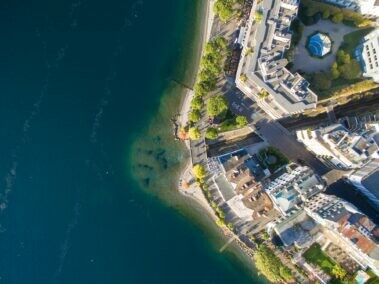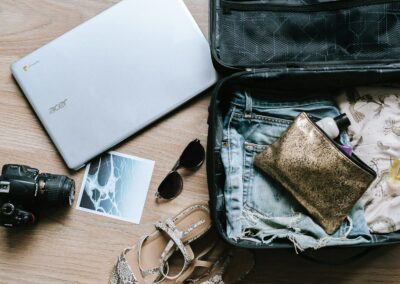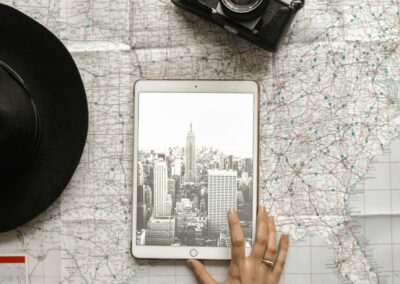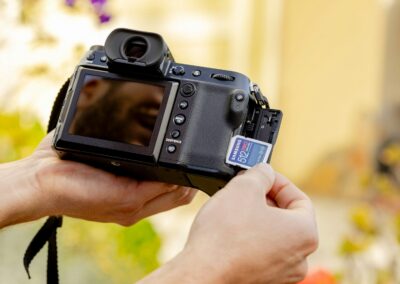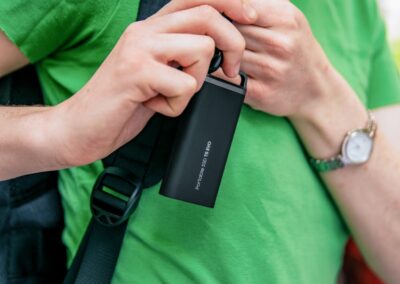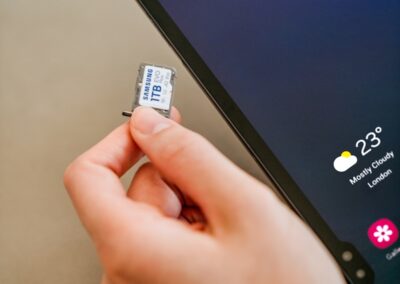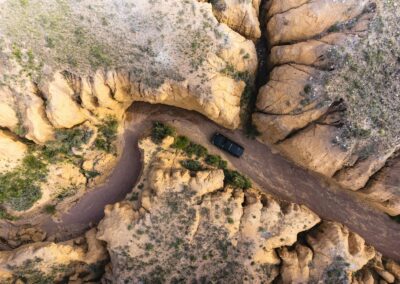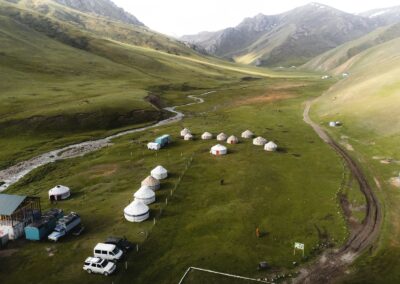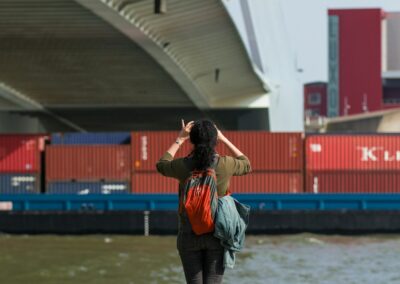Integrating Emerging Technologies for a Seamless Travel Experience
The Synergy of AR Travel Guides with AI
Augmented Reality (AR) travel guides are revolutionizing the tourism industry by providing immersive and interactive experiences. When integrated with Artificial Intelligence (AI), these AR systems can transform travel into a highly personalized and efficient endeavor. AI-powered AR travel guides can offer tailored recommendations based on user preferences, historical data, and real-time inputs, creating a more engaging and customized experience for travelers.
For instance, AI algorithms can analyze user behavior and preferences to suggest personalized itineraries or local attractions. In cities like Dubai or Riyadh, where the blend of traditional culture and modern innovation is prominent, AR guides enhanced with AI can offer context-specific information about historical sites, local events, and dining options. This integration ensures that travelers receive relevant and timely information, enriching their overall experience.
Furthermore, AI-driven AR guides can facilitate seamless language translation and navigation assistance. By utilizing natural language processing, AI can provide instant translations and interpret user queries, making it easier for international visitors to interact with local businesses and services. This capability is especially valuable in regions with diverse linguistic and cultural landscapes, helping travelers navigate and enjoy their destinations with greater ease.
Leveraging IoT for Enhanced Travel Interactions
The integration of Internet of Things (IoT) technology with AR travel guides introduces another layer of sophistication to the travel experience. IoT devices, such as smart sensors and connected infrastructure, can provide real-time data that enhances the functionality and accuracy of AR travel guides. This synergy between IoT and AR can create a more intuitive and responsive travel experience.
For example, IoT-enabled smart landmarks and sensors can offer real-time information about crowd levels, weather conditions, and local events. When combined with AR guides, this data can be presented to travelers in an interactive and visually engaging manner. In places like Saudi Arabia and the UAE, where large-scale events and attractions are common, IoT integration can help travelers plan their visits more effectively and avoid congestion.
Moreover, IoT technology can enhance the personalization of travel experiences by connecting AR guides with smart devices such as wearable technology. Travelers can receive tailored notifications and updates based on their location and preferences. For instance, an AR guide integrated with IoT can alert travelers to nearby attractions or dining options that match their interests, improving their overall travel experience.
Future Directions and Challenges for AR, AI, and IoT Integration
As AR travel guides become more advanced through integration with AI and IoT, several future directions and challenges must be addressed to maximize their potential. One key area of focus is ensuring seamless interoperability between different technologies and platforms. The successful integration of AR, AI, and IoT requires effective communication and data exchange between various systems to deliver a cohesive travel experience.
Another challenge is managing data privacy and security. With the increased use of AI and IoT, there is a greater need to protect sensitive user information and ensure compliance with data protection regulations. Travel technology providers must implement robust security measures and transparent data handling practices to build trust with users and safeguard their information.
Finally, there is a need for ongoing innovation and user-centric design. As technology evolves, AR travel guides must continuously adapt to meet changing traveler needs and preferences. Incorporating user feedback and conducting regular updates will be crucial for maintaining the relevance and effectiveness of these systems. Collaboration between technology developers, tourism stakeholders, and local authorities can drive innovation and ensure that AR travel guides remain at the forefront of the travel industry.
Conclusion
The integration of AR travel guides with AI and IoT represents a significant leap forward in enhancing travel experiences. By leveraging the capabilities of these emerging technologies, travelers can enjoy more personalized, interactive, and efficient journeys. Addressing challenges related to technology integration, data privacy, and user innovation will be essential for maximizing the potential of AR, AI, and IoT in the travel industry. As digital innovation continues to advance in regions like Saudi Arabia and the UAE, the future of travel will be shaped by these transformative technologies, offering new possibilities for exploration and enjoyment.
—
#ARTravelGuides #AITourism #IOTTravelTech #SmartTravelSolutions #AugmentedRealityTravel #SaudiArabiaInnovation #UAETourismTech #RiyadhTravelTech #DubaiARGuides


